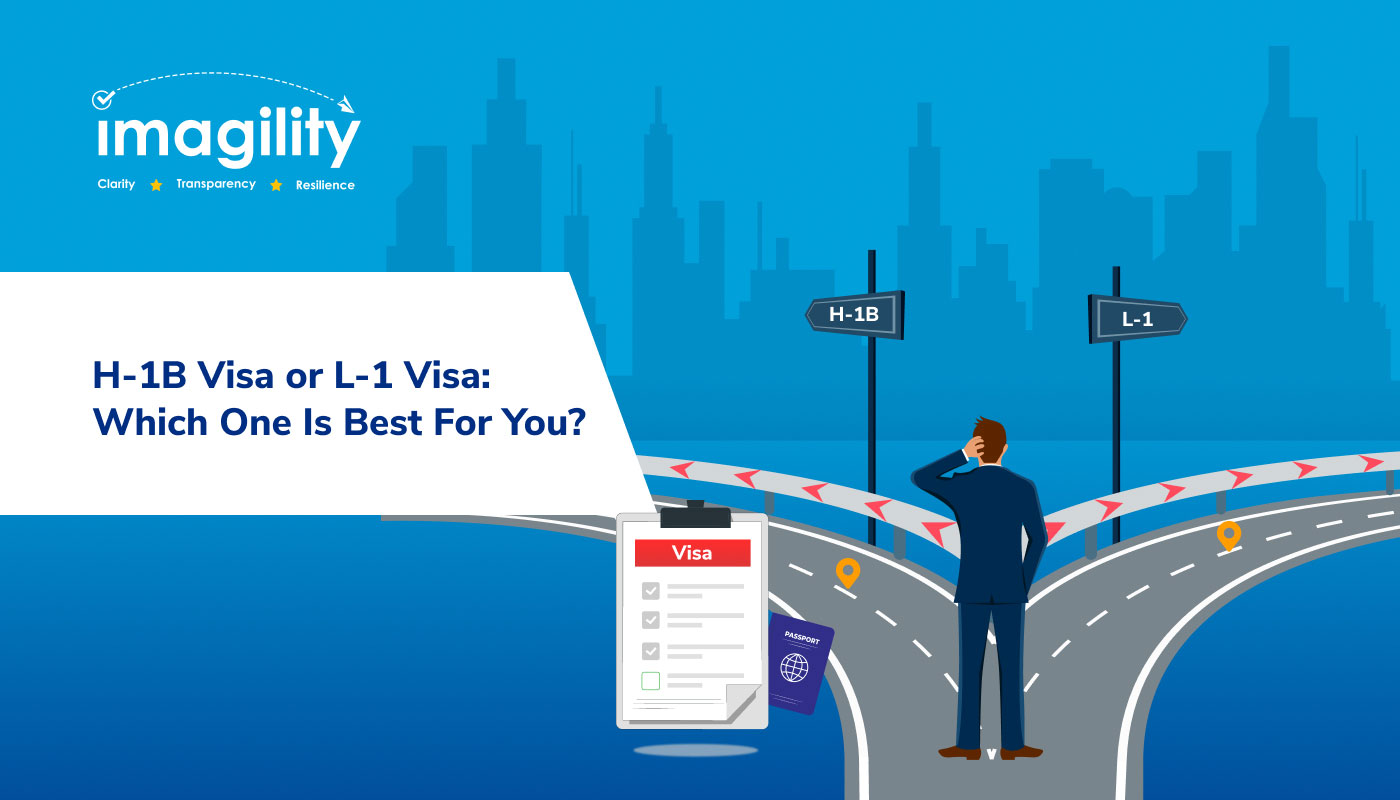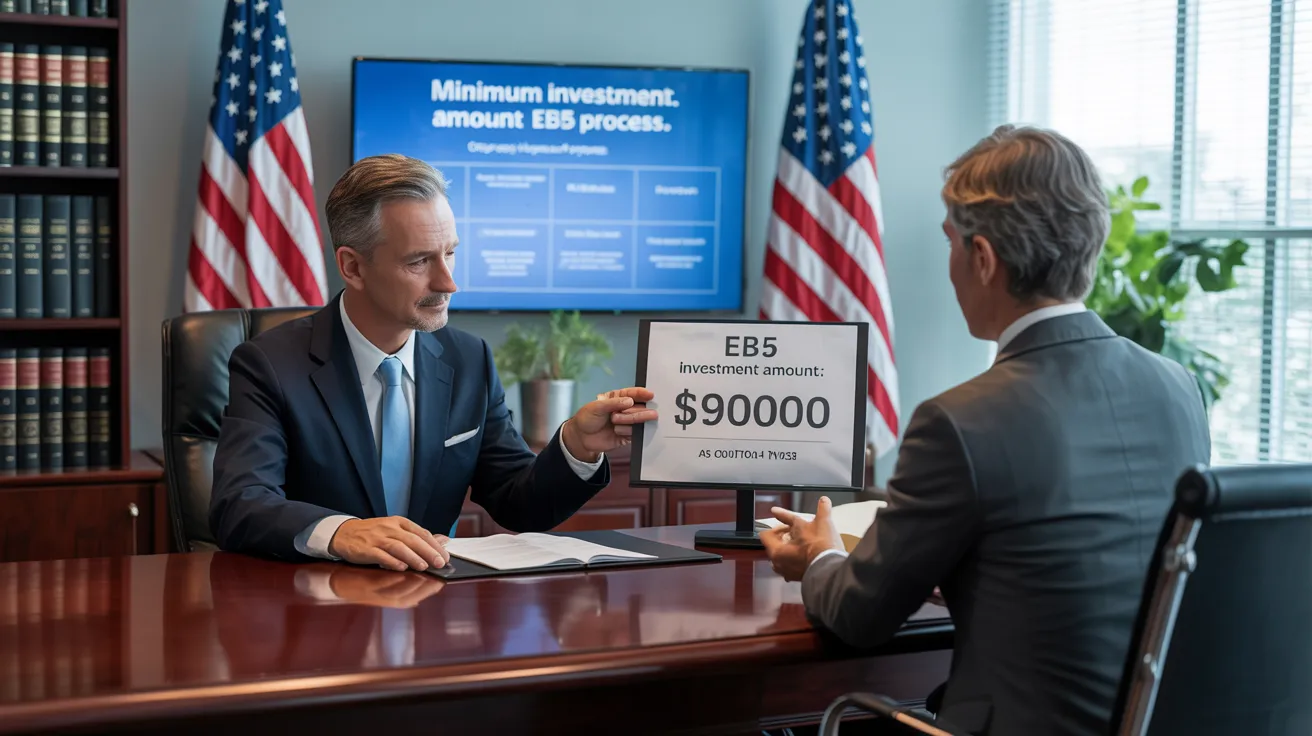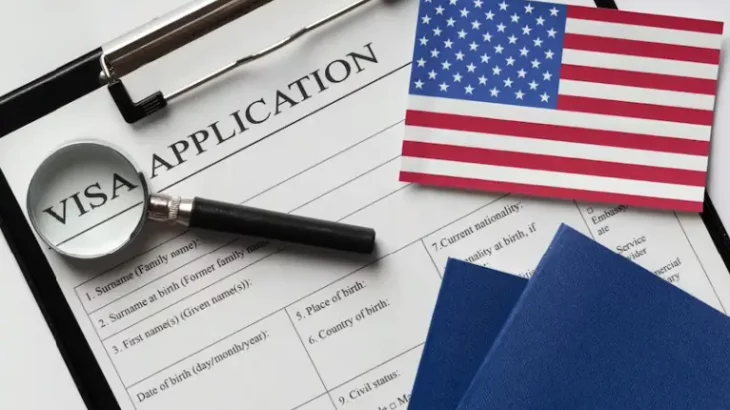The Facts About L1 Visa Revealed
Table of ContentsGetting The L1 copyright WorkEverything about L1 VisaThe smart Trick of L1 Visa That Nobody is DiscussingHow L1 Visa can Save You Time, Stress, and Money.The Facts About L1 Visa RevealedThe Of L1 Visa
Readily Available from ProQuest Dissertations & Theses International; Social Scientific Research Costs Collection. DHS Workplace of the Inspector General. Obtained 2023-03-26.
United State Division of State. Fetched 22 August 2016. "Employees paid $1.21 an hour to set up Fremont tech firm's computer systems". The Mercury News. 2014-10-22. Retrieved 2023-02-08. Costa, Daniel (November 11, 2014). "Obscure short-lived visas for foreign technology workers dispirit salaries". The Hillside. Tamen, Joan Fleischer (August 10, 2013). "Visa Holders Change Workers".
Top Guidelines Of L1 Visa
In order to be qualified for the L-1 visa, the foreign business abroad where the Recipient was employed and the U.S. business have to have a certifying connection at the time of the transfer. The different kinds of qualifying relationships are: 1. Parent-Subsidiary: The Parent implies a company, corporation, or various other legal entity which has subsidiaries that it possesses and controls."Subsidiary" implies a firm, company, or other lawful entity of which a moms and dad owns, directly or indirectly, greater than 50% of the entity, OR owns less than 50% but has administration control of the entity.
Instance 1: Firm A is incorporated in France and employs the Beneficiary. Company B is incorporated in the U.S. and intends to seek the Recipient. Firm A possesses 100% of the shares of Firm B.Company A is the Moms And Dad and Business B is a subsidiary. There is a certifying partnership between the 2 companies and Business B need to be able to fund the Beneficiary.
Instance 2: Business A is incorporated in the united state and wishes to petition the Recipient. Business B is incorporated in Indonesia and uses the Recipient. Company A possesses 40% of Business B. The remaining 60% is possessed and managed by Company C, which has no relationship to Business A.Since Firm A and B do not have a parent-subsidiary connection, Company A can not fund the Beneficiary for L-1.
Business A possesses 40% of Company B. The remaining 60% is had by Firm C, which has no connection to Company A. Nevertheless, Business A, by official arrangement, controls and complete manages Company B.Since Company A possesses less than 50% of Business B however manages and manages the firm, there is a certifying parent-subsidiary relationship and Company A can sponsor the Beneficiary for L-1.
The Best Strategy To Use For L1 Visa
Associate: An associate is 1 of 2 subsidiaries thar are both had and managed by the exact same parent or individual, or owned and controlled by the very same team of people, in primarily the very same proportions. a. Example 1: Company A is incorporated in Ghana and uses the Recipient. Business B is integrated in the united state
Business C, also included in Ghana, has 100% of Company A and 100% of Firm B.Therefore, Business A and Firm B are "affiliates" or sister companies and a certifying connection exists in between both companies. Firm B ought to have the ability to sponsor the Recipient. b. Example 2: Firm A is included in the united state
Company A is 60% owned by Mrs. Smith, 20% possessed by Mr. Doe, and 20% possessed by Ms. Brown. Company B is integrated in Colombia and presently employs the Recipient. Firm B is 65% possessed by Mrs. Smith, 15% had by Mr. Doe, and 20% owned by Ms. Brown. Business A and Firm B are affiliates and have a certifying connection in 2 different ways: Mrs.
The L-1 visa is an employment-based visa category developed by Congress in 1970, enabling multinational companies to transfer their managers, executives, or key personnel to their U.S. operations. It is frequently referred to as the intracompany transferee visa.

Additionally, the recipient should have operated in a supervisory, executive, or specialized staff member position for one year within the three years preceding the L-1A application in the foreign business. For new office applications, international work needs to have been in a supervisory or executive capability if the recipient is pertaining to the USA to function as a manager or executive.
8 Easy Facts About L1 Visa Shown

If approved for an U.S. company operational for greater than one year, the initial L-1B visa is for as much as three years and can be prolonged for an additional 2 years (L1 Visa). Conversely, if the U.S. business is newly established or has actually been functional for less than one year, the first L-1B visa is provided for one year, with expansions available in two-year increments
The L-1 visa is an employment-based visa classification developed by Congress in 1970, enabling international business to transfer their supervisors, execs, or essential personnel to their U.S. procedures. It is commonly referred to as the intracompany transferee visa.
A Biased View of L1 Visa
Additionally, the beneficiary needs to have worked in a supervisory, exec, or specialized employee position for one year within the 3 years preceding the L-1A application in the international business. For brand-new office applications, international employment must have remained in a managerial or executive capacity if the recipient is coming to the USA to work as a L1 Visa law firm manager or exec.
for as much as 7 years to supervise the procedures of the united state affiliate as an exec or manager. If provided for a united state firm that has been functional L1 Visa for more than one year, the L-1A visa is originally approved for approximately three years and can be prolonged in two-year increments.
If granted for an U.S. firm operational for greater than one year, the first L-1B visa is for approximately three years and can be prolonged for an additional two years. Conversely, if the U.S. business is newly developed or has been functional for less than one year, the first L-1B visa is issued for one year, with expansions readily available in two-year increments.